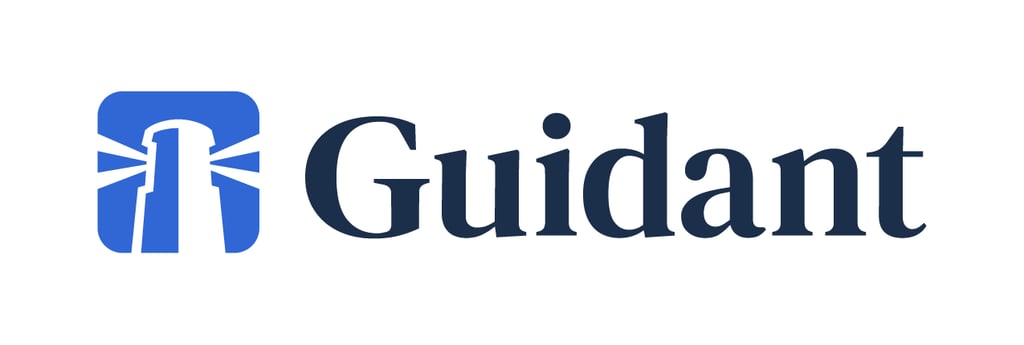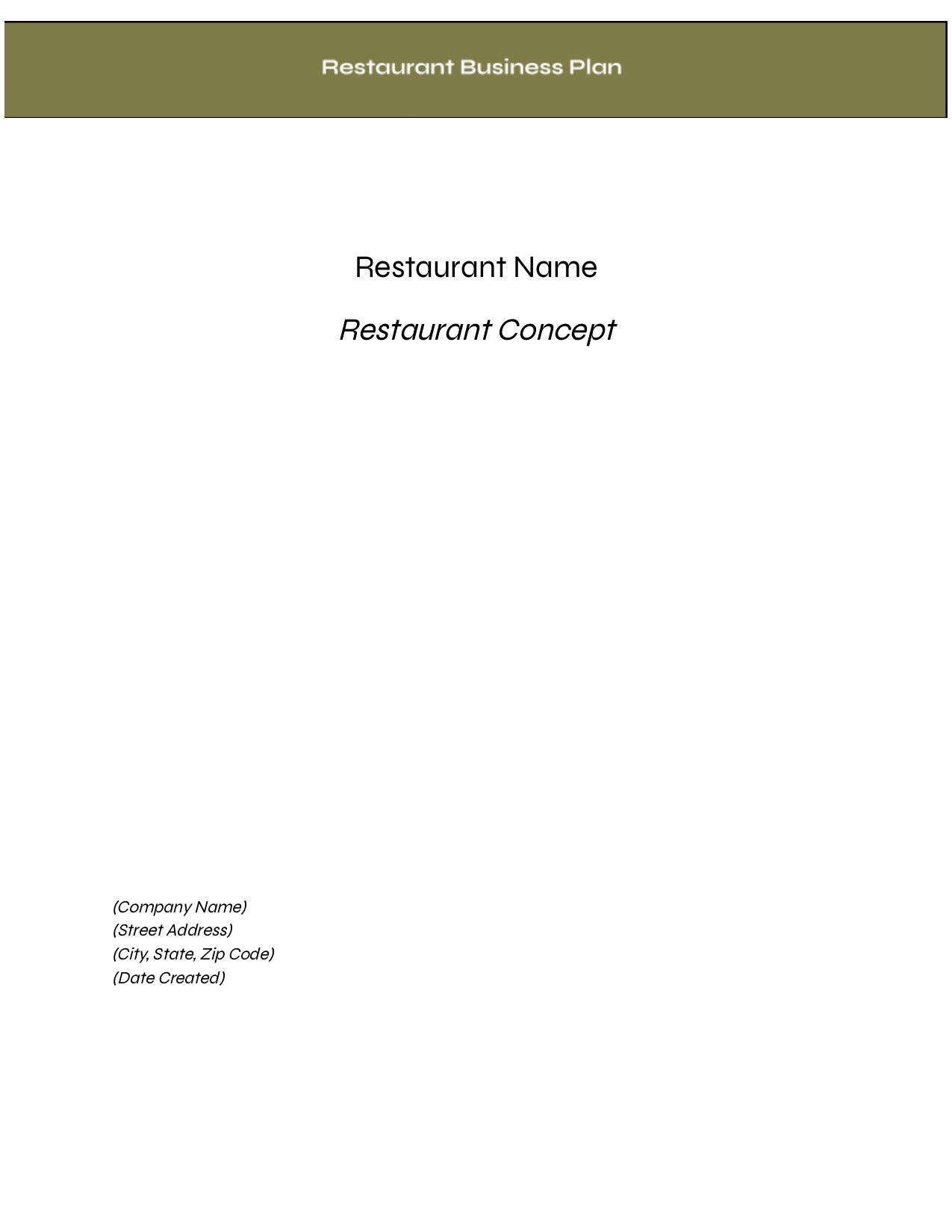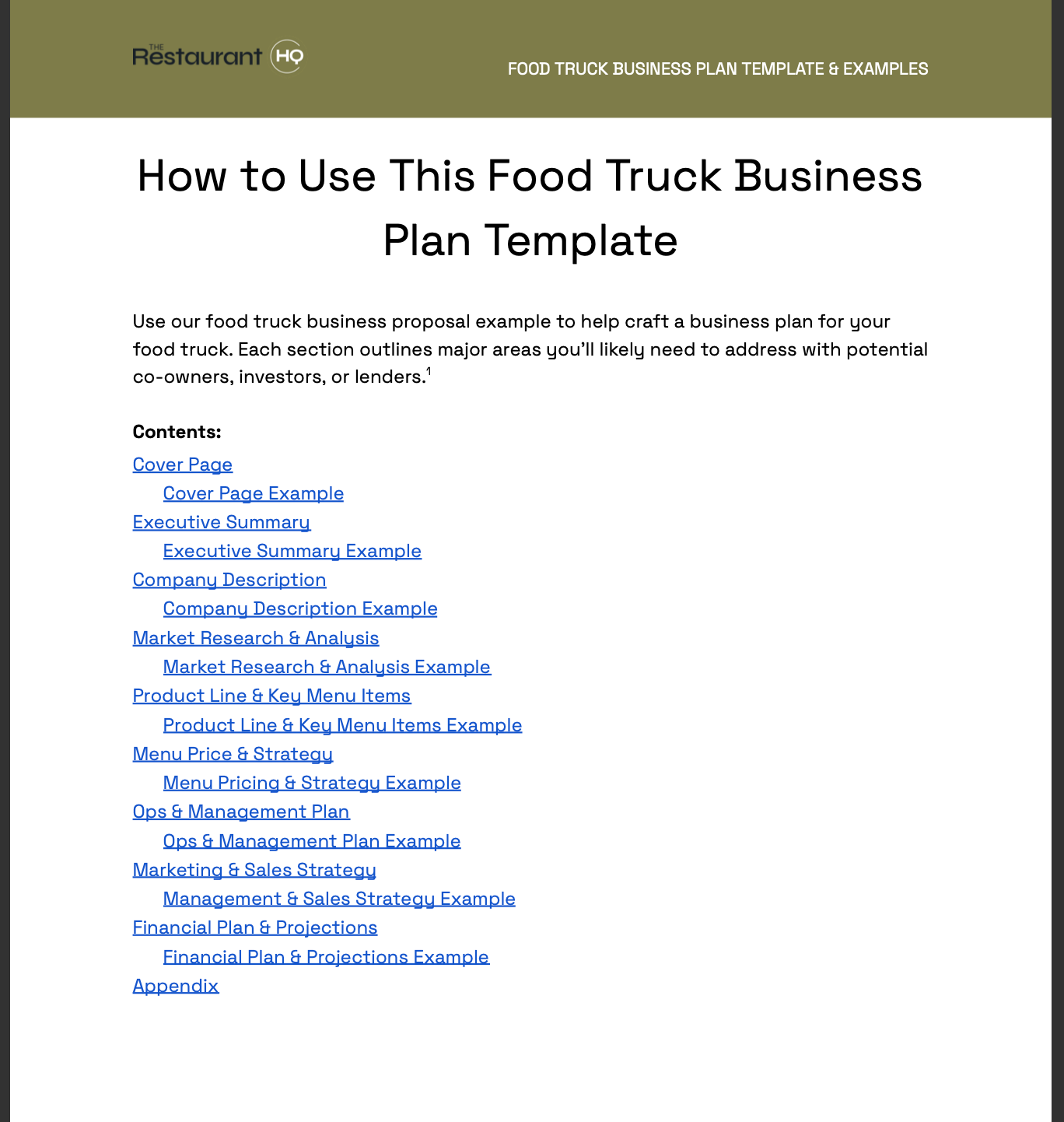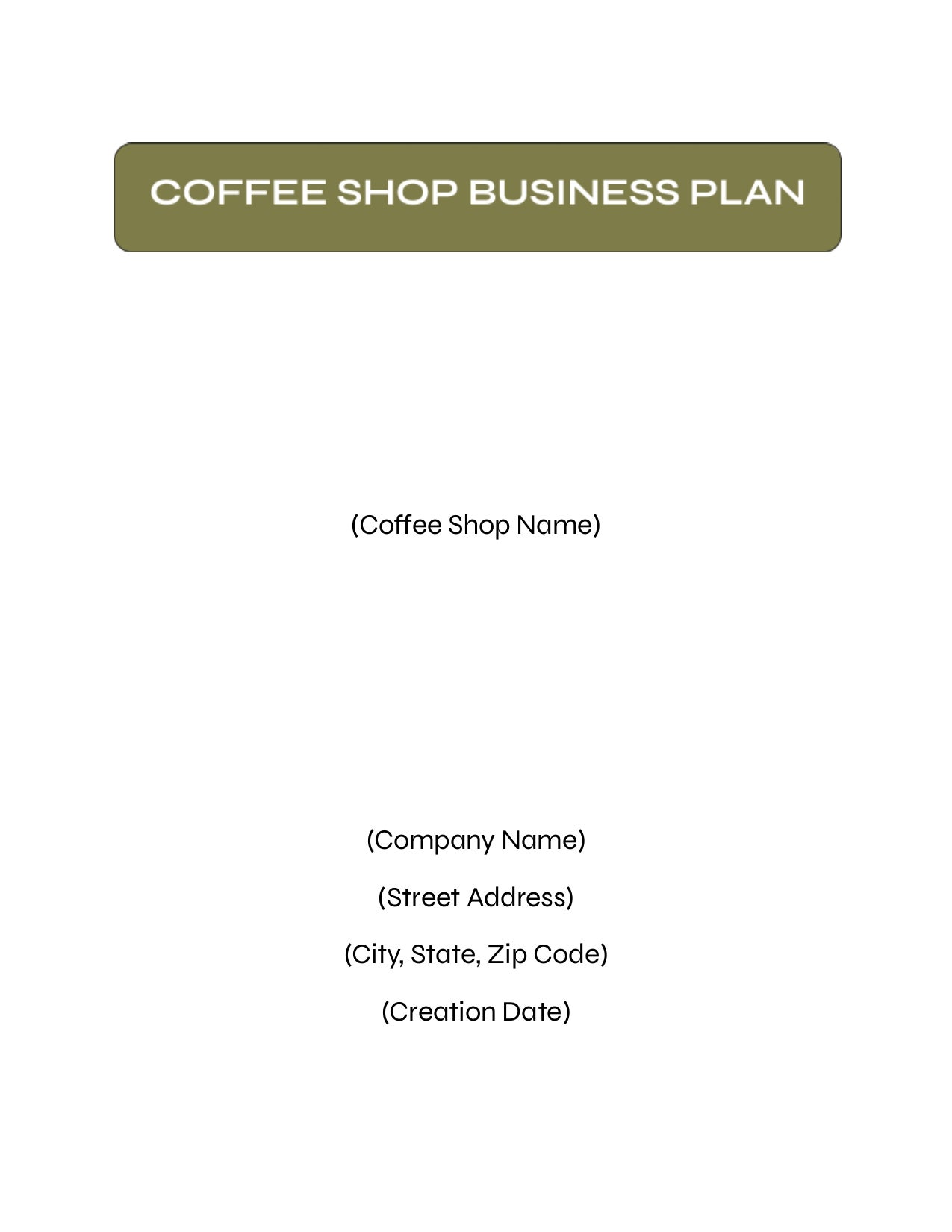In this article, I’ll walk you through the process of how to get an SBA restaurant loan, including creating a business plan, evaluating your business needs, considering loan options and your eligibility, and preparing your application for better odds of approval.
Getting an SBA loan for restaurants can help a business secure favorable rates and low monthly payments when compared with other financing options. You can use an SBA loan to start a new restaurant, acquire an existing business, or obtain funding for other business-related expenses or equipment.
That said, restaurants can be considered a high-risk investment to lenders, so getting approved for one can sometimes be difficult.

Fund your next location or restaurant business venture with Guidant Financial
If you’re not sure you want to go through the SBA directly, Guidant Financial offers SBA loan assistance, rollovers, and alternative funding options. Personalized guidance simplifies the buying process.
Step 1: Create a business plan
A business plan summarizes the key aspects of your business and how it intends to achieve its goals. These documents commonly cover basic company and management details, financial projections, marketing plans, sales strategies, competitor analysis, product or service details, and more.
A business plan is a typical requirement of an SBA loan application. There’s no standard format you have to follow when creating your business plan, but it can also serve as a helpful tool for yourself to ensure that no critical aspects of your business have been overlooked.
Additional items to consider that are specific to the restaurant industry can include:
- Historical trends for customer food preferences
- Revenue and expenses of comparable restaurants in the same area
- Marketing and sales strategies of competitors
- Customer reviews and ratings of competitors
- Economic factors impacting customer foot traffic
Free restaurant business plan template
Free food truck business plan template
Free coffee shop business plan template
Step 2: Determine your funding needs & its purpose
When planning your application, you’ll need to consider how much funding you’ll need to request. It’s important to factor in all potential business expenses so that you can plan accordingly and cover all of your business needs, whether you’re buying a restaurant for the first time or expanding your restaurant portfolio.
Consider what the expected return on investment will be and your alternatives should it not go according to plan. Depending on your intended use of the funds, you should have an idea of what a successful outcome looks like.
Overestimating your funding needs can be detrimental, as it may make it more difficult to get approved for a business loan. Even if approved, you may not have qualified for the best interest rates, which can negatively impact your cash flow.
In turn, underestimating your funding needs can have similar challenges. Without the ability to fully fund your intended business project, you may not get a large enough return on your investment. Be sure to consider these carefully, and only request what you need. Estimating too much or too little can also damage credibility, or at least set your business back substantially on its growth timeline.
Step 3: Consider your options for SBA loans for restaurants
It’s important to note that the SBA doesn’t offer SBA restaurant loans specifically. Various loan programs are applicable to restaurants, each with varying terms and allowable uses. The best one for you will largely depend on your business needs and how you’ll use the loan proceeds.
Below, we’ve provided a summary of the common types of SBA loans and what they may be best used for.
- SBA 7(a) loan: This is the most common type of loan offered by the SBA and allows funds to be used for a wide range of business purposes. Some examples include working capital, acquisition of equipment, purchase of real estate, construction costs, refinancing debt, or acquiring a new business.
- SBA CDC/504 loan: This is issued through Certified Development Companies (CDCs). It’s designed to provide long-term financing for assets that generate growth or additional employment. Some examples include land, buildings, machinery, and equipment.
- SBA microloan: You can get up to $50,000 with an SBA microloan, so it can be a great choice if you don’t need much funding. Allowable uses include most business-related expenses that help your company expand.
- SBA CAPLines: This is a revolving credit line that can be useful for covering recurring or seasonal shortages in cash flow.
Step 4: Determine your eligibility
Once you’ve determined which loan program is best suited for your business needs, it’s important to consider the necessary qualification requirements posed by both the SBA and the participating lender.
Such criteria will vary depending on loan type and lender, but they can generally be broken down into the various categories below.
Regardless of what type of SBA loan you are applying for, you’ll need to meet the following eligibility criteria:
- You operate as a for-profit business.
- You meet the business size standards to be considered a small business. For full-service restaurants, that means you don’t exceed in $11.5 million in annual receipts. For limited-service restaurants, it’s $13.5 million. And it’s $9 million for caterers.
- Your company’s leadership team is deemed to be of good character.
- You have been unable to get restaurant financing elsewhere with the terms you’re seeking.
Depending on the SBA loan type you’re getting, additional requirements or restrictions may apply. Some examples may include limitations on your net worth, annual income, lack of delinquency on federal debt, and those engaged in business activities in a particular industry.
While the SBA does set some of the eligibility criteria for its loan programs, many others are left up to individual lenders. Qualification requirements can vary among lenders, but the most common items are listed below.
- Time in business: Many lenders will require your restaurant to have been in business for at least two years. This gives them more data to work with when it comes to determining the likelihood of your business continuing to perform. It’s crucial to have excellent records of your business, organized administrative assets, and proper assessments of the health of your business during this time.
Startups typically have a high failure rate, so the longer your restaurant has been running, the more likely it will be viewed favorably when it comes to getting a loan.
- Credit report and credit score: I recommend a credit score of at least 680. However, some SBA lenders can issue approvals with scores of 650 or lower. In addition, lenders will evaluate your credit for the presence of any bankruptcies, late payments, collections, or other derogatory items.
- Collateral: Not all SBA loans will require you to pledge collateral to get a loan, but it may help you get approved or secure more favorable rates and loan terms.
- Down payment: Depending on the type of loan you’re applying for, lenders may require that you put a down payment of around 10% to 30%. Larger down payments are often required if other areas of your business credit or finances are not strong.
- Commercial real estate (CRE): If you’ll be acquiring CRE, you may be required to ensure the owner occupancy rate is 51% or greater.
Step 5: Gather commonly requested items
Various items that are commonly requested as part of getting an SBA loan. To supplement your loan application, you’ll likely need to provide additional credit information and financial documents pertaining to your business.
By preparing this information ahead of time, you can streamline the application process and get access to funds more quickly. Lenders typically require the following:
- Two to three years of personal and business tax returns
- Year-to-date profit-and-loss statements
- Year-to-date cash flow statement
- Year-to-date balance sheet
- The most recent three months of business bank statements
- Copies of business licenses and professional certifications
Step 6: Find a lender & submit an application
While SBA loans are backed by the government, they’re issued by SBA-designated participating lenders. This can include banks, credit unions, loan brokers, and online lenders.
To help you choose the best SBA restaurant loan for your business, you can ask potential lenders some of the following questions:
- What types of loans do you offer?
- Do you have experience funding restaurant loans?
- What are your rates, loan terms, and fees?
- What does the application process look like, and what paperwork will you need from me?
- How long does it take to get approved and funded?
- Is there a prepayment penalty?
Once you’ve found a lender, you can prepare to submit a formal loan application. Many lenders allow this to be done online. From start to finish, you should expect the underwriting and disbursement process to take one to three months.
Pros & cons of SBA loans
Pros
Cons
Can offer competitive interest rates in comparison with other business loans
Can be difficult for newer businesses with limited resources to qualify
Has a variety of loan programs applicable to differing business needs
Can require a lot of paperwork as part of the application
Can provide large loan amounts and long repayment terms
Can often take longer to receive funding than other loan types
Alternatives to an SBA loan
Believe it or not, it is possible to start a restaurant with no money. And, unfortunately, not all people will qualify for an SBA loan. For borrowers who don’t qualify or are simply exploring all of their financing options, there are a few alternatives you can consider.
- Rollover for business startups (ROBS): A ROBS allows you to access your retirement account tax- and penalty-free. It’s not a loan, so you won’t have monthly payments or interest expenses. You’ll typically need a minimum investment of $50,000 to use this option.
- Small business line of credit: As a revolving credit facility, a small business credit line allows you to draw funds that can then be deposited into a bank account of your choice. Credit limits are generally higher than credit cards, making them a better fit for larger business expenses.
- Small business credit card: You can get a business credit card within a few days, and it’s an ideal fit for small and recurring expenses since funds have limited restrictions. Some credit cards also have a rewards program in the form of cash back to help reduce the effective cost of your business.
- Equipment financing: If you need machinery or other business-related equipment for your restaurant, an equipment loan can provide the necessary funding. Or, you can lease the equipment instead if you aren’t looking to own the asset.
- Find independent restaurant investors: For some current or aspiring restaurant owners, traditional loan funding might not be enough. Major purchases or expansions might need help from restaurant investors. People with capital to invest can come from anywhere in your local food industry, so don’t discount the power of professional networking.






